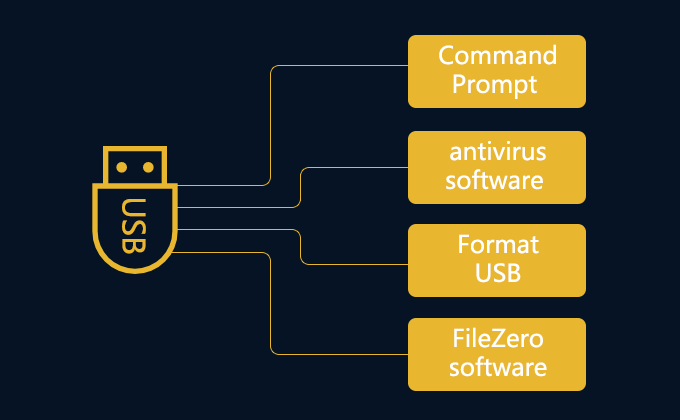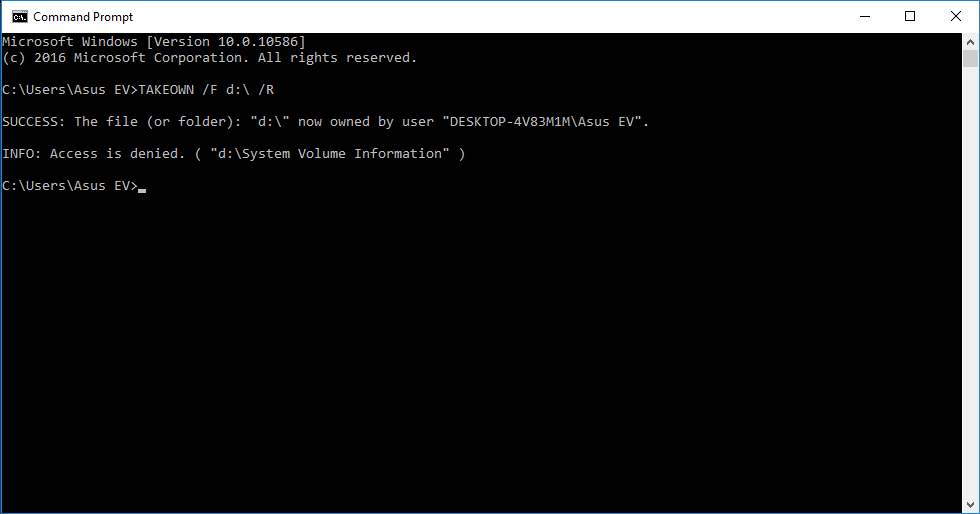

You can do that by starting your PC in Safe Mode, choosing “Safe Mode with Command Prompt” from the Advanced Boot Options menu, typing rstrui.exe and pressing Enter. This is different from the “system restore” function in earlier versions of Windows, which tries to take the PC back to an earlier state. Try typing “reinstall” in the Windows search box, then click on “Remove everything and reinstall Windows”. If your laptop is running Windows 8, 8.1 or 10, then I would expect the “Restore factory settings” option to solve the problem, if you can get to it. In principle, it should be possible to defeat all ransomware by immediately disconnecting your PC from the internet, reformatting the hard drive, and reinstalling everything from a backup. If you have doubts, upload the file to Virus Total and have it checked by more than 50 anti-virus programs. Of course, anti-virus programs should scan those files as well. Unfortunately, users can install ransomware themselves, either by downloading infected files or by running files that arrive in phishing emails. Nowadays, most anti-virus software is familiar with all the common variants of ransomware, and if not, should include heuristics that recognise potentially dangerous activities, such as encrypting files. In this instance, we can create a registry key of our own.Ransomware shouldn’t even get through if a PC is running a fully updated copy of Windows, Microsoft’s SmartScreen or Google Safe Browsing, and up-to-date anti-virus software. In some cases, there is no WriteProtection registry entry. 1 means "Yes, write protect my USB storage devices." Conversely, 0 means "No, don't write protect my USB storage devices." Set the value to 0, and then press OK. You can now set one of two values: 0 or 1.

This will open the Edit DWORD (32-bit) Value box.

Now, navigate to the following registry location: HKEY_LOCAL_MACHINE\SYSTEM\CurrentControlSet\Control\StorageDevicePolicies Press Windows Key + R to open the Run dialogue. If that step is a little too drastic, I'd advise giving this option a try. You can skip to the next section-how to format your write protected USB drive. If you're not comfortable editing the registry, I understand. Next, we're going to edit the Windows Registry. We've still got a few more tricks in the book. If none of the previous steps have solved your Write Protection error, don't worry. Clear Write Protection Error in Windows Registry


 0 kommentar(er)
0 kommentar(er)
